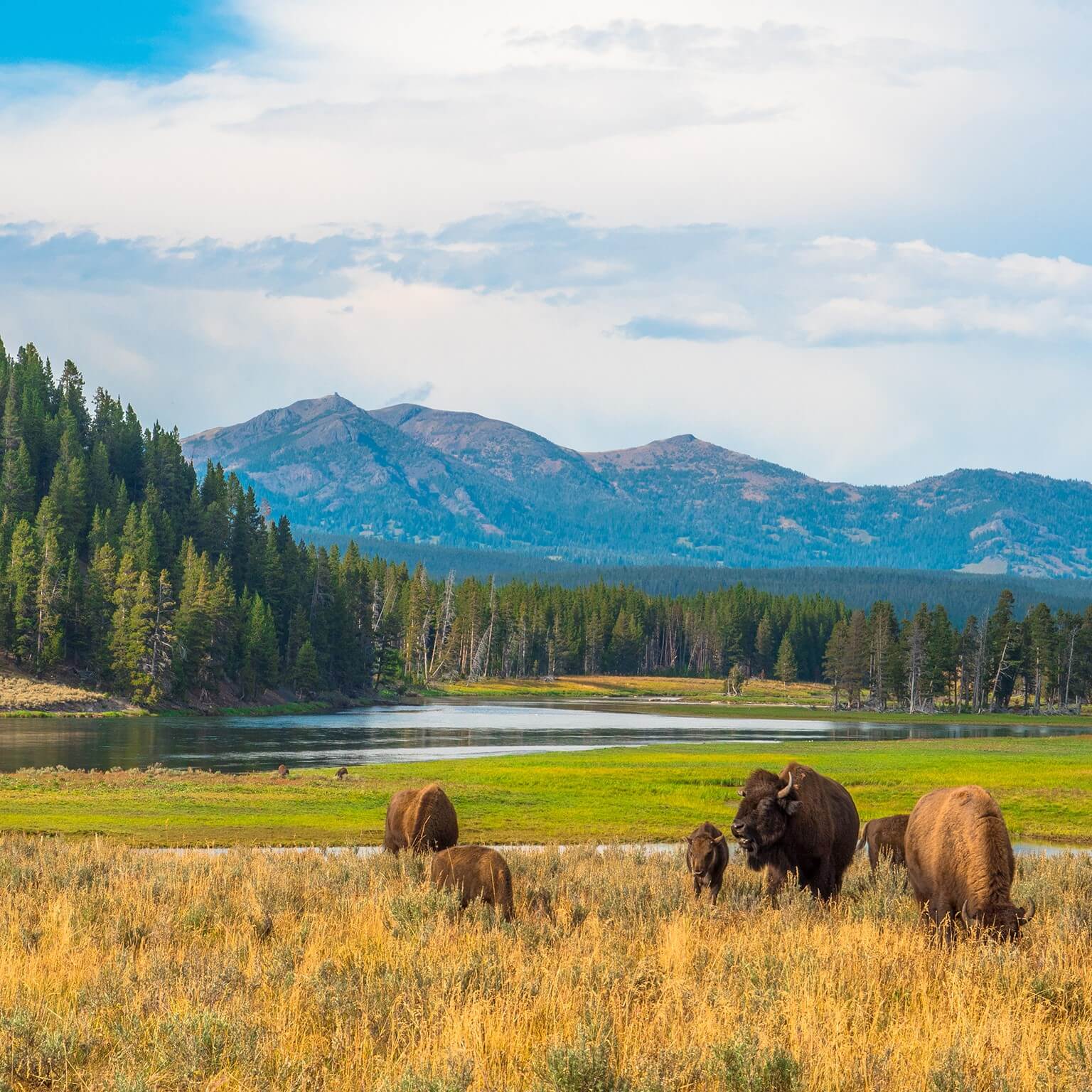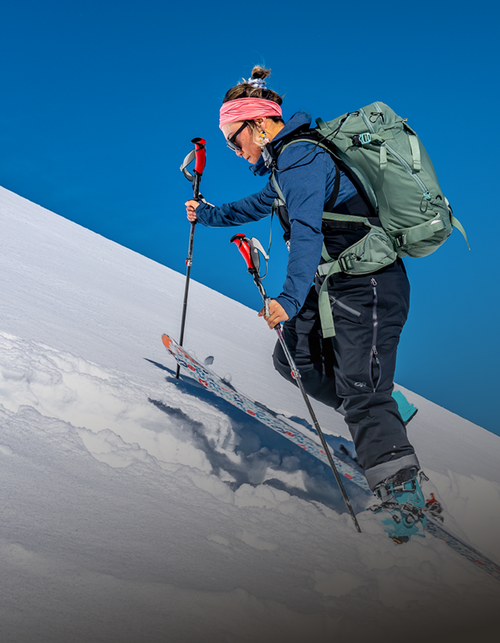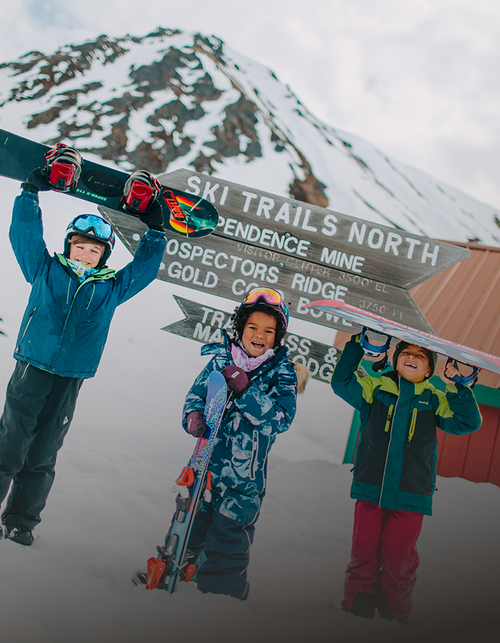Eco-Friendly Hiking Tips

Going for a hike or a backpacking trip is the ideal way to reconnect with nature and throw off the stresses and problems associated with urban life. Indeed, an increasing number of us are pulling on our hiking boots and taking advantage of the beautiful landscapes and gorgeous trails in national and state parks all over the United States.
You might think that heading out into nature and going for a hike is one of the most eco-friendly activities you can do. After all, hiking doesn’t involve any heavy carbon emissions – you’ll be propelling yourself on your own feet! However, this doesn’t mean that hiking is an ecologically neutral activity. In fact, with increasing numbers of people on the trail, hikers can often unconsciously cause significant damage to fragile habitats across the United States.
If you’re thinking of heading out to the national parks for a hiking or backpacking trip this year, there are many small changes you can make to your itinerary to make sure that you limit your impact on the environment. Here’s our quick tips for eco-friendly hiking and trave in the US national parks!

Go Local
Although you may be drawn to some of the magnificent, well-known trails in famous national parks like Yosemite, it’s worth thinking twice before you make a long journey across the country for a hiking trip, especially if you’re required to catch a plane or make a long journey by road. Although you’ll be travelling on your own steam when you reach your destination, sometimes just the journey to the trailhead comes at a steep environmental cost.
Taking a flight to reach your hiking destination means that you’ll incur a significant carbon footprint as part of your trip. What’s more, travelling by road can also have a detrimental effect, releasing dangerous and polluting emissions into fragile natural landscapes. In peak season, in popular parks such as Yosemite, these protected areas can become clogged with traffic, as thousands of people flock to the trail in heavy, noisy, polluting vehicles.
We’re not suggesting that you should never visit the big national parks – after all, beautiful places like Yellowstone or the Grand Canyon National Park are bucket list destinations for keen hikers! However, when planning your next trip, why not explore some of the beautiful places a little closer to home? The United States is packed full of incredible national and state parks, some of which get much less attention than they deserve. Instead of flocking to the busiest, most popular spots, why not explore the beautiful places in your local area?
If you are planning to travel further afield, check if public transport is an option, or consider carpooling to reduce the carbon footprint of your hike.

Choose Your Kit Wisely, and Recycle!
A large amount of hiking and camping equipment is surprisingly hard on the environment, as it’s often made from un-recyclable material and can wear out quickly if it’s not good quality. When choosing your kit, try to buy from brands and companies known for their eco-conscious policies. Some of our favorites include Patagonia, Toad&Co, REI, and the North Face, all of which have made commitments to further eco-responsible travel. And of course, don't forget to check out our line of sustainable products. We've made an effort year-over-year to design and produce more products made from recycled or biodegradable fabrics. Here are a few examples below:
These companies, together with many others, are not only making pioneering steps towards reduced carbon emissions and the use of sustainable materials, they are also promoting a wide range of ethical travel policies that aim to reduce the exploitation of workers. Before purchasing your gear, do a little research into how your camping and hiking equipment is produced, and try to select brands that are committed to safeguarding the environment, reducing carbon emissions, and protecting vulnerable human populations.
It’s not just about your tent and your backpack – there is also a whole range of brilliant gadgets on the market to help you reduce your camping carbon footprint. With solar-powered headlamps, camping stoves that run on renewable energy sources, bamboo cutlery and crockery sets, and reusable water bottles, you can easily reduce the amount of single-use plastic and fossil fuels on your trip.
Lastly, try to reuse and recycle your gear wherever possible. If you have the opportunity to buy a good quality second-hand kit, this can be an excellent option (especially if you’re on a budget!). Repair and reuse clothing and other equipment, and think twice before buying something brand new.

Leave No Trace
Whenever you go hiking in nature, it’s important to familiarize yourself with the principles of Leave No Trace hiking and camping. Leave No Trace is a series of seven simple, easy-to-remember guidelines to help hikers reduce the impact they make out on the trail.
One of the most important principles of Leave No Trace is to take everything with you. If you pack in gear and food supplies, make sure that you bring absolutely everything back with you, leaving no waste or rubbish in the national parks. This means you’ll need to plan ahead and bring plenty of containers for trash so that you can carry everything out as you leave. It’s important to leave nothing behind, even biodegradable food waste, as this can have a disruptive effect on local wildlife and fauna.
You may also want to think about the types of products you use while hiking. Industrial cosmetics, soaps and cleaning products might seem innocuous but they can pollute water sources and soil. Make sure you use natural products, and pay attention to where you empty wastewater – it should be well away from any natural water sources.
However tempted you might be, it’s important never to take natural elements out of the park with you. You might want to take an unusual rock, flower or branch home as a souvenir of your hike, but disrupting the natural environment in this way can have unintended consequences for the animals, insects, bids and plants that make the parks their home.

Stick to the Trail
In many of the national parks in the United States, soil erosion is a significant issue, compounded by the increasing number of visitors and hikers out on the trail. Heavy footfall can cause significant damage to the natural environment, eroding the landscape and destroying microhabitats.
When you’re out on the trail in the national parks, make sure to stick to the signposted paths. These trails have often been marked out for a reason (sometimes to avoid particularly fragile areas), and they are built and maintained to be robust, supporting large numbers of visitors. When you step off the trail, however, you run the risk of inadvertently tramping rare plants and compacting the soil to make it more difficult for certain plants to grow.
Another thing to consider is hiking during mud season. It’s actually best if hikers go through the muddy section and not skirt the edges. Skirting the edges can widen the trail slowly (but surely) over time, and damage any vegetation in fragile areas.
Although it might be tempting to explore the backcountry away from the trail, in many cases you may be disrupting the animals, birds and insects that live in quieter areas of the park. Stick to the trail, and help preserve some of the most delicate habitats in the national parks!

Educate Yourself
Eco-friendly travel can be a complicated business, as we can potentially affect our environment in so many different ways! One of the best ways to come up to speed with the latest advice on how to visit national parks responsibly is to ask the experts. The National Park Service is filled with knowledgeable, friendly staff who are very willing to help out and answer questions if you’re worried about the way in which your hiking trip could impact the environment.
Make sure to check out the NPS website for your chosen destination in order to get all the latest information on how to visit the parks responsibly. Many national parks also offer ranger-led activities and tours, such as these in Glacier National Park, where you can ask questions and learn more about local ecosystems. The more you learn about the wildlife and plants that can be found in the parks, the more prepared you’ll be to visit and enjoy them in a responsible way.
Most importantly, however, remember that eco-friendly hiking is part of a wider process of consciousness building. The rules and guidelines are changing as we learn more about our environment and respond to new threats and opportunities, so it’s important not to become complacent.
As we become more aware and more conscious of our impact on the environment, we can work together to preserve these magnificent natural spaces, ensuring that we (and our descendants) can continue to enjoy them for many years to come!
For more on this subject and similar topics, see the articles below:









